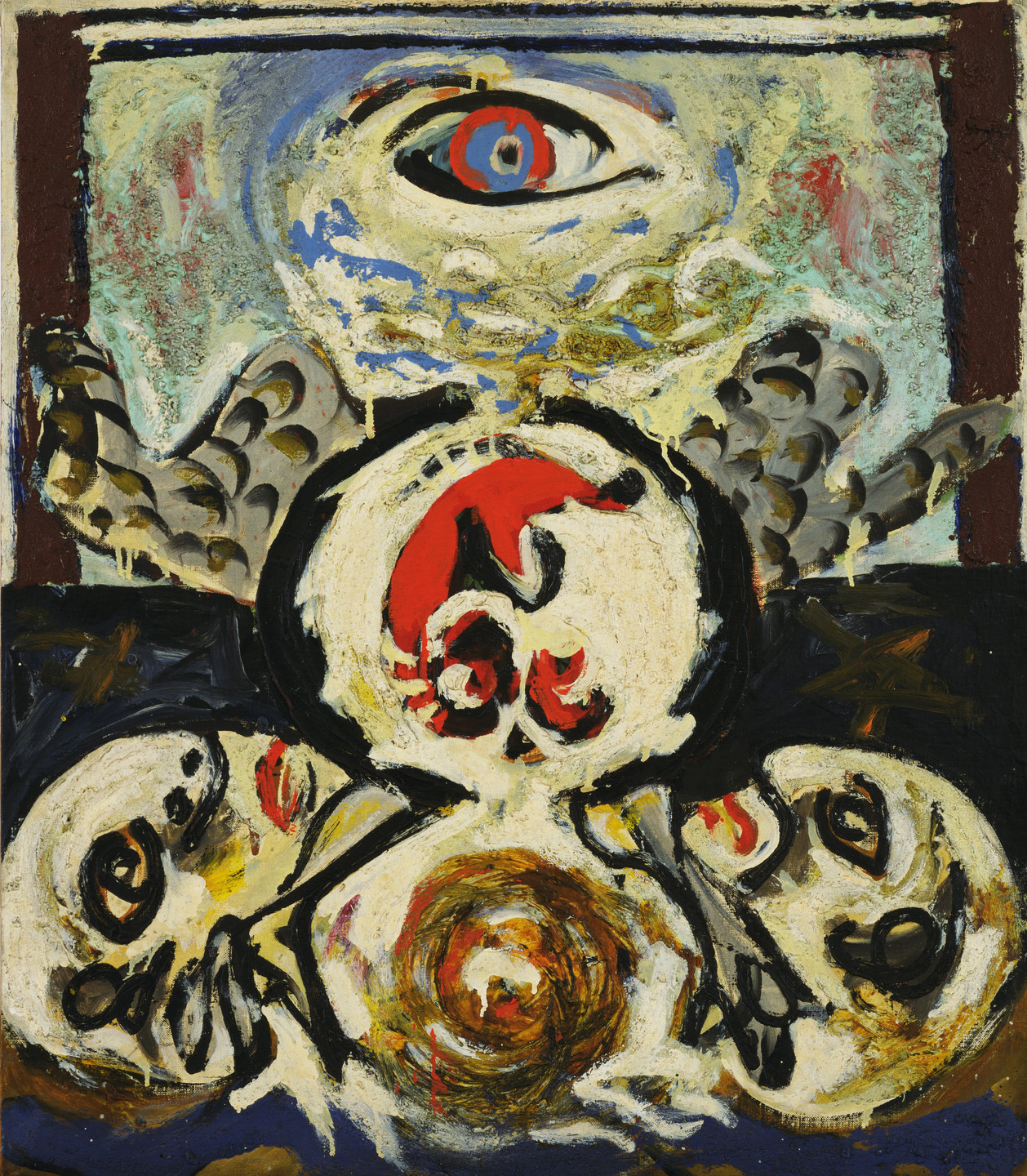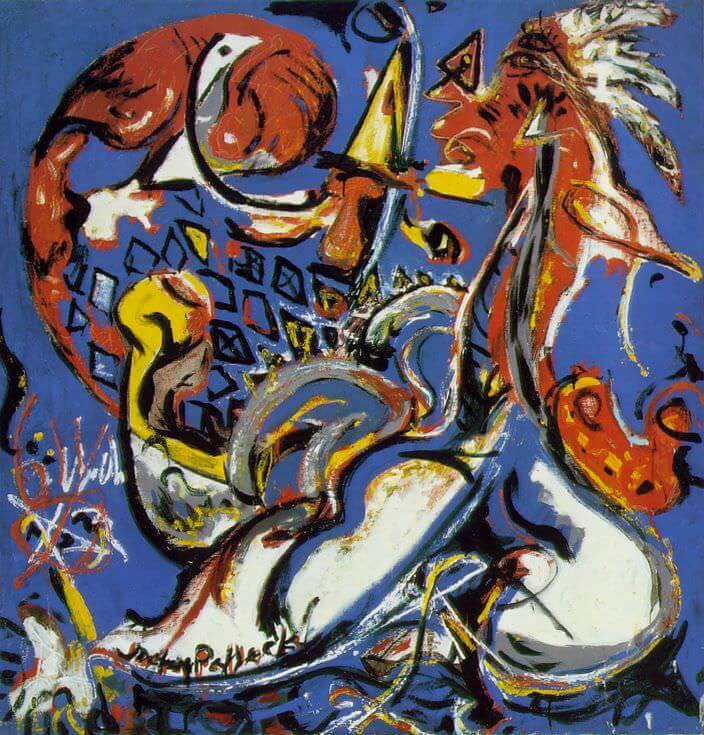Carl Gustav Jung (1875 –1961), was a Swiss psychiatrist and psychoanalyst.
Two Abstract Expressionists, Jackson Pollock and Mark Rothko, displayed a significant amount of
influence from Jungian psychology in their works, which leads me to study further on his psychology theories.
“Jung agreed with Freud that a person’s past and childhood experiences determined future behavior, he also believed that we are shaped by our future (aspirations) too.
Outlining an important feature of the personal unconscious called complexes. A complex is a collection of thoughts, feelings, attitudes, and memories that focus on a single concept.
The collective unconscious is a universal version of the personal unconscious, holding mental patterns, or memory traces, which are shared with other members of human species (Jung, 1928). These ancestral memories, which Jung called archetypes, are represented by universal themes in various cultures, as expressed through literature, art, and dreams. these archetypes that symbolize basic human motivations, values, and personalities. Rather than being seen as purely biological, more recent research suggests that archetypes emerge directly from our experiences and are reflections of linguistic or cultural characteristics (Young-Eisendrath, 1995). Are his ideologies the mystical and pseudoscientific? and therefore often studied more as a historical artifact and in realms of literary criticism and popular culture applications of mythology than as a major contribution to the science of the mind and behavior.
He was the first to distinguish the two major attitudes or orientations of personality :
8 PERSONALITY TYPES
Extroversion / Introversion / Thinking / Emotion / Sensation / Intuiting
“Archetypes could be summed up as a predisposition that is present in humans of every race and era.” This is what I am interested in and far more agreeable than Freud theories. I believe human existence and reasoning are based on vital energy rather than libido.
Collective unconscious is synchronised from a cloud-like shared knowledge-base from the moment we are born. Does this mean we are in fact in a stimulated reality? like a character in a video game, which the same original codes shared with other character?
‘The form of the world into which [a person] is born is already inborn in him, as a virtual image’
Jung, 1953, p. 188
Jung labeled these archetypes
the Self / individuation
the Persona / mask
the Shadow / weaknesses and shortcomings
the Anima/Animus / gender identities

c. 1938-41, Oil and sand on canvas, 70.5 x 61.6 cm
Bird is often interpreted as Pollock’s desire to complete the process of
individuation.

Pollock became closely acquainted with Jungian analytical psychology when he attended therapy sessions with psychotherapist, providing them a lot of drawings and painting, one of his docters Henderson wrote that Pollock was “portraying the unconscious in these drawings.”
Jung’s Collective consciousness is a possible answer of how we can interpret art and images in a similar way despite the cultural differences. Pollock claimed that Native American and Mexican influence in his art came from his own unconscious. While there is a lot of indigenous rituals that may include hallucinating, and I think this may be a part of uploading and syncing with the collective cloud, and somehow Pollock had received those primitive mythical images.
Rothko gained a “respect for the basic tenet of surrealism that artists should work in an
unguarded or ‘automatic’ way, fueled by the fresh, undiluted juices roiling in their
unconscious minds.” Anna C. Chave. Rothko to express human emotions and feelings through the “universal mythic unconscious” in which he looked inward in “portraits”
“the artist’s real model is an ideal which embraces all of human drama
rather than the appearance of a particular individual. Today the artist is no longer constrained by the limitation that all of man’s experience is expressed by his outward appearance. Freed from the need of describing a particular person, the possibilities are endless. The whole of man’s
experience becomes his model, and in that sense it can be said that all of
art is a portrait of an idea.” —— Rothko and Gottlieb, “The Portrait and the Modern Artist”
What does it mean? —— to do art.
rather than what is this about?
- Urgency
- In contact of the hands
- Forms can carry meaning independently in subject matter
- Improvise
- Depiction of the unconsciousness / human core
- Automatism
- Aesthetic pleasure
- Freedom of expression
Carl Jung’s Theory of Personality: Archetypes & Collective Unconscious
https://www.verywellmind.com/what-are-jungs-4-major-archetypes
Unveiling the Unconscious: The Influence of Jungian Psychology
on Jackson Pollock and Mark Rothko
by Amy Elizabeth Sedivi
